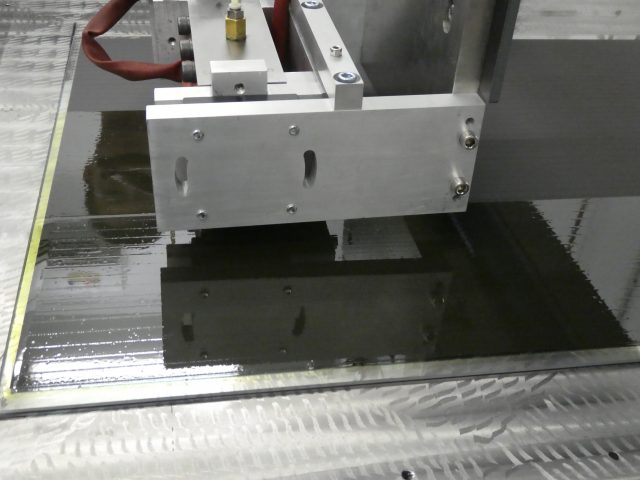Solar research funding awarded to 16 new projects
New funding will help solar researchers to develop panels that are more cost-effective and efficient.

Sixteen solar research funding projects will share in $15.14 million to improve the efficiency and cost-effectiveness of solar panels.
The funding has been awarded to teams from six Australian institutions — Australian National University, Macquarie University, University of Melbourne, University of New South Wales, University of Sydney and Swinburne University.
The two-year projects will support research and development of:
- advanced silicon: improve the cost-effectiveness of silicon-based panels already in mass market production
- tandem silicon: increase the cost-effectiveness of silicon-based solar PV through the use of tandem materials
- new materials: develop new materials with the potential for breakthrough cost-efficiencies, new deployment applications.
- end-of-life: new ways to make the end-of-life management of solar PV panels more cost-effective and sustainable
The funding round opened in December 2019, receiving applications from more than 50 projects with a total project value of over $150 million.
ARENA CEO Darren Miller said it was fantastic to see so many strong applications for funding.
“We’re very pleased with the level of interest which is reflected in the great variety of projects across the priority areas, particularly in the advanced silicon field where Australia leads the world,” Mr Miller said.
“A key part of the funding round was finding a solution to the end-of-life of solar panels and we’re excited to see some interesting new research into this area. It’s an important part in our transition to renewable energy as we need to ensure that materials used in solar panels can be recycled or repurposed for future use,” he said.

The projects are setting out to push solar technology forwards, as today’s widely deployed cells reach their efficiency limits. Australian researchers have been at the forefront of solar breakthroughs for decades, with the industry today grappling with ways to manufacture panels from more abundant materials, while also achieving higher levels of efficiency and being more affordable to produce.
It is expected more than 50 new jobs will be created across the 16 projects.
Solar research funding tackling end-of-life issues
According to Bloomberg’s latest New Energy Outlook, the cost of solar PV has fallen 85 per cent since 2010. The report predicts that 109 GW of solar PV capacity will be added to Australia’s grids by 2050, with efficiency gains vital to continuing cost reductions into the future.
With the solar boom showing no signs of slowing, the industry is planning ahead to find ways to recover the materials from panels at the end of their life. Australian households have already installed more than 2.5 million rooftop solar systems and each new solar farm constructed can contain hundreds of thousands of individual panels.
Panels are predicted to have a lifespan of between 15 and 35 years, with modern systems typically sold with a performance warranty of 20 years. As innovations make solar panels more efficient, many are likely to be replaced with higher-performing versions before they reach the end of their operational lifespan.
But with no commercially viable processes to recover materials from solar panels currently operating in Australia, there are fears many could be destined for landfills at the end of their useful life.
Three of the sixteen projects will consider ways to improve the reuse of resources within solar panels, including how materials can be more easily recovered and remanufactured.
LIKE THIS STORY? SIGN UP TO OUR NEWSLETTER

ARENA